If you weren’t happy with the quality of yellowness afforded by Buttercup or Daffodil, and if Canary or Bumblebee just didn’t cut the mustard, help is at hand. Pantone has just invented a new shade, designed to exude “hope, joy and optimism”. All hail Minion Yellow.
Named after the cute/evil mumbling blobs-in-dungarees that starred in the animated film Despicable Me, Minion Yellow has apparently been especially calibrated by the Pantone Colour Institute to “heighten awareness and create clarity, lighting the way to the intelligence, originality and the resourcefulness of an open mind.”
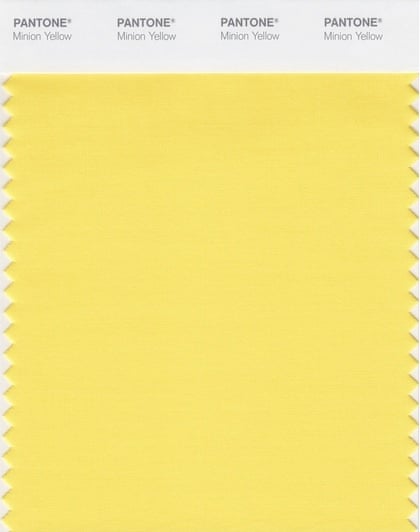
Although Pantone produces a branded “colour of the year”, and is no stranger to commercial partnerships, this is the first time the company has stooped to producing a character-branded colour as a stunt for a summertime blockbuster. The colour was conveniently launched to coincide with the release of Universal Pictures’ spin-off film, Minions, which grossed $114.2m (£74.1m) in its opening weekend, making it the second-highest opening of all time for an animated movie.
The company says the hue is “designed to represent the sweet and subversive characters,” and it is perhaps an appropriate partnership, given the Minions’ only purpose is to serve history’s most villainous masters. Charting their evolution, the movie tells how the creatures dutifully served baddies from the beginning of time –from a Tyrannosaurus rex, to an Egyptian pharaoh, to Dracula – before becoming henchmen for Scarlet Overkill, the world’s first female super-villain. Pantone, a company with an effective monopoly over the colour specification industry, perhaps fits nicely within this tyrannical timeline.
Because, while Pantone claims Minion Yellow “projects playfulness and warmth and is suggestive of intellectual curiosity,” it turns out that intellectual property might be the real value its colour embodies.
The branded shade is intended to be used – but only in the privacy of your own home. It joins the ranks of Crushed Grape and Tangerine Tango in Pantone’s “fashion, home and interiors” palette, with the aim of getting child fans to nag their parents to paint their rooms Minion Yellow. But woe betide any other company or designer that now tries to use a similar shade for commercial gain. They could end up in court.
Minion Yellow is the latest in a long history of trademarked colours, from Coke red (Pantone 484) to Starbucks emerald green (Pantone 3298C). A company cannot strictly speaking own a colour, but they are allowed to trademark it if they can justify that it represents their brand – and many have tried to enforce their exclusive claim to a slice of the spectrum in the courts.
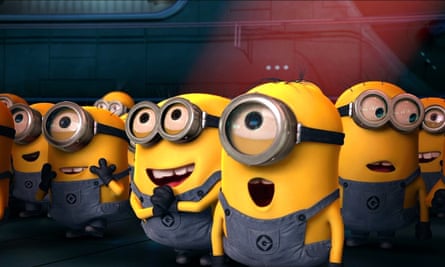
Christian Louboutin famously won the case to trademark its red heels, while Cadbury’s waged a long-running legal battle with Nestle over who owned the right to use purple to sell chocolate – an act of imperial hubris that recalled the days when Queen Elizabeth forbade anyone else from wearing the regal colour.
T-Mobile has tried to sue rivals over using its particular shade of magenta (Pantone 676C), bringing a lawsuit against Engadget Mobile that was laughed out.
Oxford University lost its case against a clothes manufacturer for using the famous shade of “Oxford blue”, but that didn’t stop the University of Texas from having a go at protecting its own burnt orange hue (Pantone 159 to be precise), emblazoned on everything from sweaters to cheerleaders’ pompoms. In 2010, the university shut down two iPhone apps because they used the colour and mentioned Texas in their names.
The branding of Minion Yellow is another damaging step in the privatisation of colour, but it also feels like an elaborate plot-line straight from its own film, given whose idea the marketing trick was in the first place. Pantone credits the brainwave to Pharrell Williams, who created the music for the franchise, and who has felt the full force of intellectual property law himself – to the tune of $7.4m, after Marvin Gaye’s family successfully sued him for “copying” one of Gaye’s tracks. Maybe he’s got his own minions plotting a future of Minion Yellow-tinged lawsuits to let him claim some of that back.
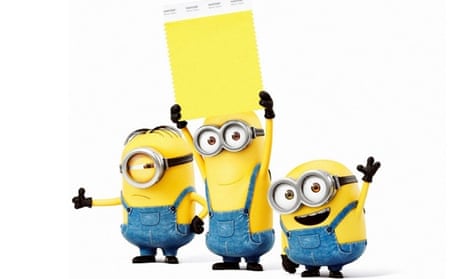

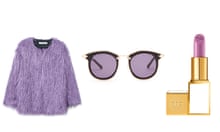



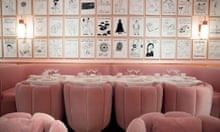
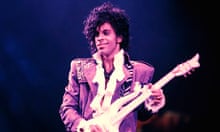
Comments (…)
Sign in or create your Guardian account to join the discussion